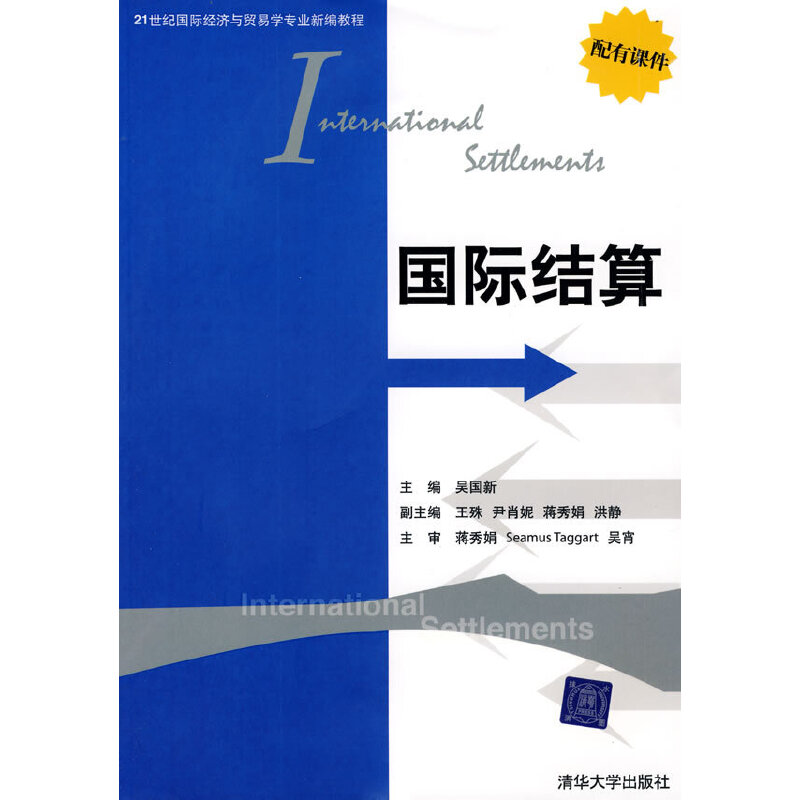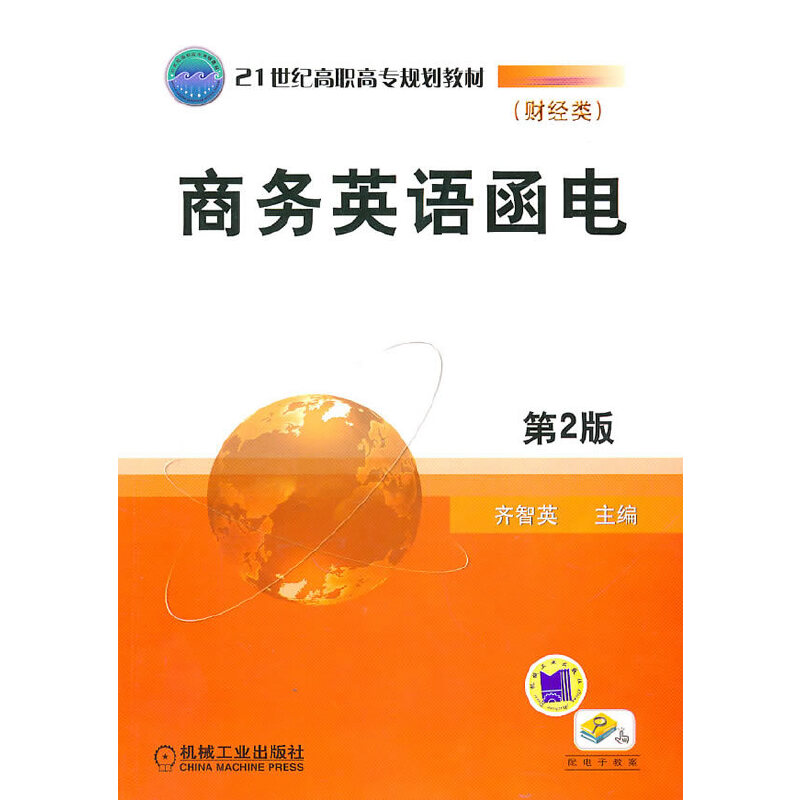国际结算(英文版) / 经济管理类课程教材·国际贸易系列、国家级双语示范课程
作者: 许南
出版时间:2013年9月
出版社:中国人民大学出版社
- 中国人民大学出版社
- 9787300176710
- 46655
- 0041157619-2
- 16开
- 2013年9月
- 435
- F830.73
- 国际贸易
- 硕士、本科
Chapter 1 Introduction
1.1 Definition and Contents of International Settlement
1.2 Classification of International Settlement
1.3 Emergence and Development of International Settlement
1.4 Role of Bank in International Settlement
1.5 Related International Customs and Practices
1.6 The Banking Network in International Settlement
Chapter 2 Negotiable Instrument
2.1 General Introduction of Negotiable Instruments
2.2 Bill of Exchange
2.3 Promissory Notes
2.4 Cheque
Chapter 3Remittance
3.1 Introduction of Remittance
3.2 Basic Parties to Remittance
3.3 Types of Remittance
3.4 Reimbursement of Remittance
3.5 Cancellation of Remittance
3.6 Application of Remittance
Chapter 4 Collection
4.1 An Overview of Collection
4.2 Parties to Collection
4.3 Types of Collection
4.4 Responsibilities and Obligations under Collection
4.5 Points for Attention under Collection
4.6 International Customs and Practices for Collection—URC522
Chapter 5 Letter of Credit
5.1 Definition of Letter of Credit
5.2 Features of Letter of Credit
5.3 Role of Banks under Letter of Credit
5.4 Parties to Letter of Credit
5.5 Application and Issuing of Letter of Credit
5.6 Procedures of Documentary Letter of Credit
5.7 Main Contents of Letter of Credit
5.8 Checking and Examining of Letter of Credit
5.9 Discrepant Documents Handling under Letter of Credit
5.10 Types of Letter of Credit
5.11 Uniform Customs and Practice for Documentary Credit
Chapter 6 Standby Letter of Credit
6.1 Overview and Definition of Standby Letter of Credit
6.2 Characteristics of Standby Letter of Credit
6.3 Parties to Standby Letter of Credit
6.4 Main Contents of Standby Letter of Credit
6.5 Procedures of Standby Letter of Credit
6.6 Types of Standby Letter of Credit
6.7 Differences between Standby Letter of Credit and Documentary Letter
of Credit
6.8 The International Customs and Practices for standby L/C
Chapter 7 Letter of Guarantee
7.1 Definition of Letter of Guarantee
7.2 Characteristics and Function of Guarantees
7.3 Parties to Letter of Guarantee
7.4 Contents fo Letter of Guarantee
7.5 Basic Procedures of Letter of Guarantee
7.6 Types to Letter of Guarantee
7.7 Differences between Bank Guarantee and Documentary Letter of Credit
7.8 International Customs and Practices of L/G
Chapter 8 International Factoring
8.1 Origination and Development of Factoring
8.2 Definition of Factoring
8.3 Service Items of Factoring
8.4 Main Factoring Behavior
8.5 Main Feature and Function of Factoring
8.6 Basic Parties to Factoring
8.7 Procedures of Factoring
8.8 Types of Factoring
8.9 Advantages and Disadvantages of Factoring
8.10 Puzzles When Using Factoring in International Trade
8.11 The International Customs and Practices for Factoring
Chapter 9 Forfaiting
9.1 Evolution and Development of Forfaiting
9.2 Characteristics and Documentation of Forfaiting
9.3 Costs of Forfaiting Business
9.4 Parties to Forfaiting
9.5 Procedure of Forfaiting
9.6 Differences between Forfaiting and Other Trade Financing Methods
Chapter 10 Documents in International Settlement
10.1 General Introduction
10.2 Bill of Exchange
10.3 Invoice
10.4 Transport Documents
10.5 Insurance Documents
10.6 Certificate of Origin
10.7 Other Documents
Chapter 11 Examination of Documents under Letter of Credit
11.1 Checklist for Examination of Documents
11.2 Document Examination Principle and Method
11.3 Handling of Documents by Banks
11.4 Common Discrepancies of Main Documents
11.5 International Standard Banking Practice
Chapter 12 Financing in International Settlement
12.1 Export Finance
12.2 Import Finance
12.3 Innovation in International Trade Finance
Chapter 13 Risks in International Settlement
13.1 Types of Risks in International Settlement
13.2 Risks and Risk Control in Instrument
13.3 Risks and Risk Control in Remittance
13.4 Risks and Risk Control in Collection
13.5 Risks and Risk Control in Letter of Credit
13.6 Risks and Risk Control in Other Pay











